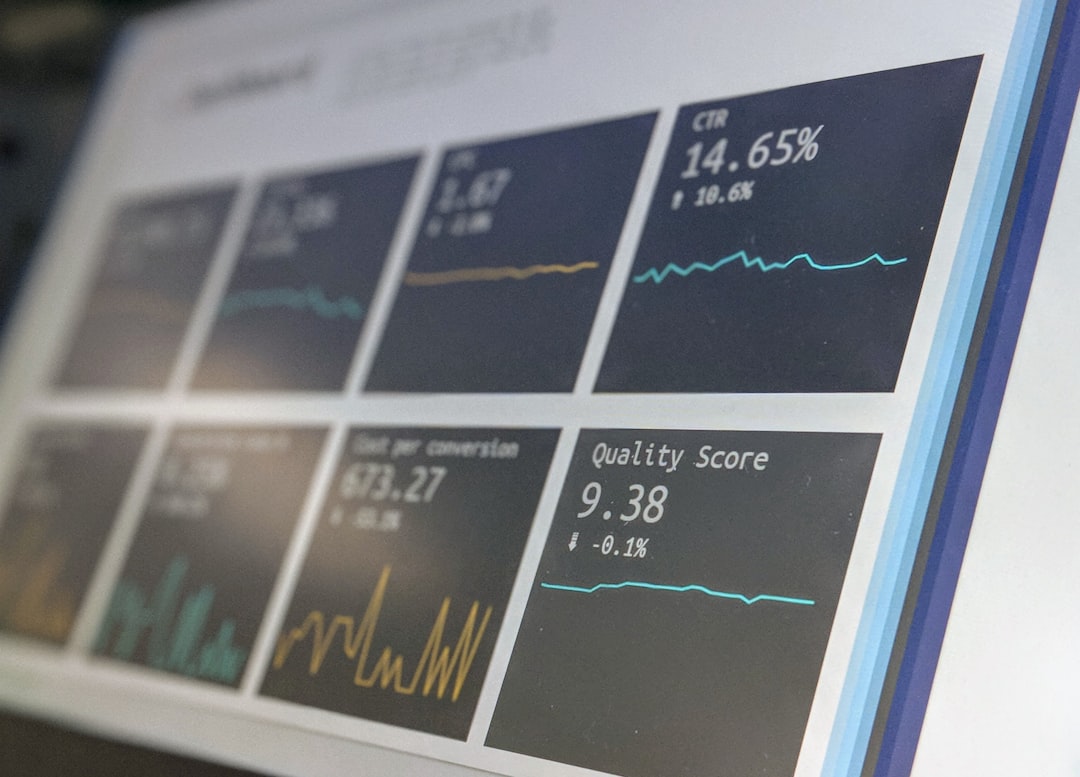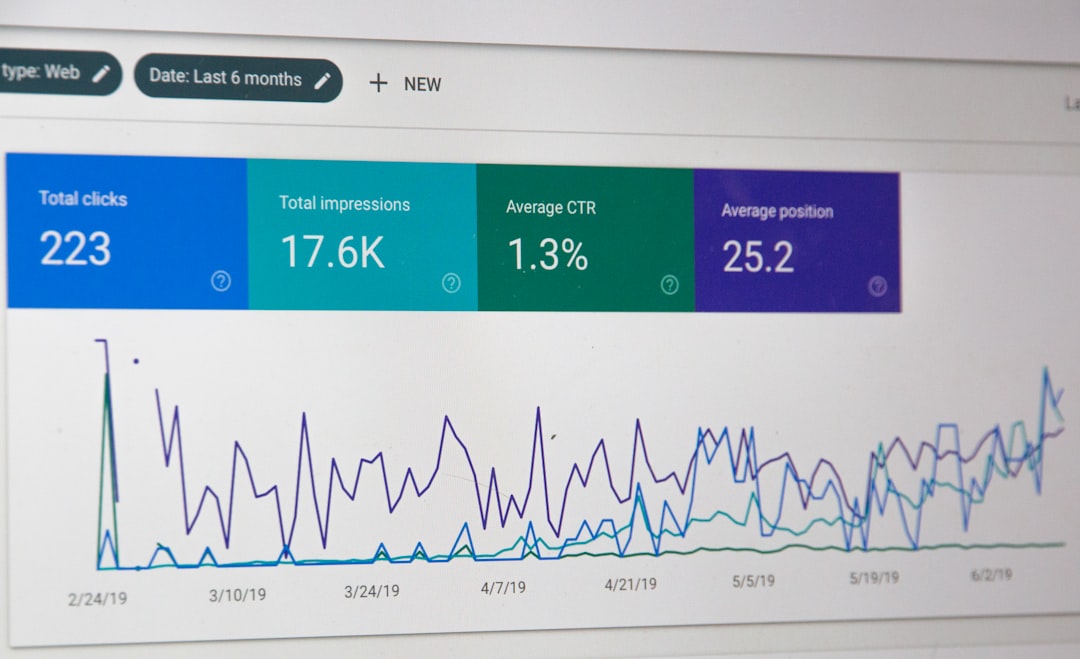In the rapidly evolving digital landscape of 2025, managing an organization’s IT infrastructure efficiently is more than a necessity—it’s a strategic imperative. As enterprises scale, adopt cloud-native technologies, incorporate edge computing, and handle mountains of data, the demand for robust IT infrastructure management tools has never been higher. Selecting the right tools not only helps in reducing downtime but also enhances security, scalability, and performance across systems.
Below, we outline seven essential IT infrastructure management tools every enterprise should consider implementing in 2025. These tools have been chosen based on their market relevance, capabilities, and adaptability to modern enterprise environments.
Contents
1. Nagios XI – Comprehensive Monitoring for All Layers
Nagios XI is a powerful monitoring solution tailored to meet the needs of enterprise-scale systems. With Nagios XI, teams can monitor server performance, network availability, applications, log files, and more. It allows for the early detection of performance bottlenecks and service outages, which is critical in maintaining continuous business functions.
- Customizable alerting systems for different severity levels
- Comprehensive reporting tools and historical data visualization
- Easy integration with third-party applications and APIs
This tool is particularly valuable for IT managers looking to maintain high service uptime and quickly respond to infrastructure incidents.
2. SolarWinds Hybrid Cloud Observability – Unified Visibility
With enterprises increasingly adopting hybrid cloud solutions, SolarWinds Hybrid Cloud Observability ensures organizations gain unified visibility across on-premises and cloud infrastructure.
The platform uses machine learning-based analytics to detect anomalous behavior across networks, servers, and applications. It also supports automated root cause identification, reducing the mean time to resolution (MTTR).

Businesses dealing with complex hybrid environments will find this tool indispensable in reducing complexity and maintaining consistent IT performance.
3. Ansible – Automation for Operational Efficiency
Ansible, an open-source tool by Red Hat, is one of the leading solutions for automating IT tasks such as configuration management, application deployment, and orchestration. Its agentless architecture and easy-to-understand YAML syntax make it highly accessible and scalable, even in large enterprise settings.
- Simplifies multi-tier application environments
- Improves deployment consistency and compliance
- Reduces reliance on manual intervention
In 2025, where operational efficiency can significantly impact margins, implementing Ansible is a step towards smarter, more resilient infrastructure management.
4. ServiceNow IT Operations Management – Smart Incident Handling
ServiceNow ITOM (IT Operations Management) enables organizations to proactively manage their entire IT landscape. By leveraging AIOps (Artificial Intelligence for IT Operations), this platform provides predictive analytics, automated incident response, and root cause analysis.
Key features include:
- Dynamic service mapping
- Dependency tracking across services and infrastructure
- Proactive problem detection with auto-remediation
This tool is vital for enterprises looking to minimize downtime, enhance user experience, and lower operational costs through predictive and automated operations.
5. Datadog – Full-Stack Observability
Datadog is a leading observability platform that offers detailed insights across the full stack—from infrastructure to application-level performance monitoring. Its strength lies in its ability to correlate logs, traces, and metrics, allowing for seamless debugging and performance analysis.

With wide-ranging integrations (over 500 out of the box), real-time monitoring, and machine-learning based anomaly detection, Datadog enables IT teams to anticipate problems before they affect end-users.
- Excellent Kubernetes and container support
- Cloud-native and DevOps-friendly platform
- Security monitoring and compliance tracking
Enterprises seeking to align performance with user experience should seriously consider incorporating Datadog into their infrastructure management strategy.
6. VMware vSphere – Virtualization and Resource Optimization
Virtualization continues to play a vital role in infrastructure efficiency and scalability. VMware vSphere is a leading enterprise-grade virtualization platform that allows organizations to consolidate hardware, optimize resources, and enhance system reliability.
With support for AI/ML workloads, dynamic resource scheduling, and automated maintenance scheduling, vSphere helps IT teams manage both legacy and cutting-edge workloads under a unified management plane.
Benefits include:
- Supports hybrid cloud integrations with VMware Cloud Foundation
- Advanced security features like VM encryption and secure boot
- Centralized monitoring and policy configuration
For enterprises managing diverse workloads and seeking high availability, vSphere remains an indispensable component of IT infrastructure.
7. Splunk Enterprise – Data-Driven Infrastructure Decisions
Splunk Enterprise enables organizations to make data-driven decisions by leveraging machine data from every part of the IT stack. From log files to real-time machine events, Splunk processes, indexes, and analyzes data to deliver actionable insights.
As infrastructure systems become more complex, having access to analytics that can predict, detect, and prevent system issues becomes crucial. Splunk enables exactly this through AI-enhanced data analysis and predictive analytics capabilities.

- Rich dashboard and visualization tools
- Customizable alerts and threshold-based monitoring
- Integrates with diverse cloud providers and platforms
Organizations serious about correcting inefficiencies and enhancing operational performance should make Splunk a core part of their IT toolkit.
Conclusion: Preparing for the Future of Infrastructure Management
As enterprises continue to transform digitally in 2025, the underlying IT infrastructure becomes both the bedrock and the bottleneck of innovation. Adopting the right set of tools is crucial in ensuring scalability, resilience, compliance, and performance.
Whether it’s through predictive analytics, automation, observability, or hybrid cloud management, the aforementioned seven tools provide a solid foundation to manage the complexity of modern enterprise IT landscapes. From startups scaling up to established enterprises evolving their legacy systems, a well-rounded infrastructure management toolkit is no longer optional—it’s essential for competitive survival.
By proactively implementing these tools, enterprises not only future-proof their operations but also empower their IT departments to drive business success in an increasingly digital-first world.

